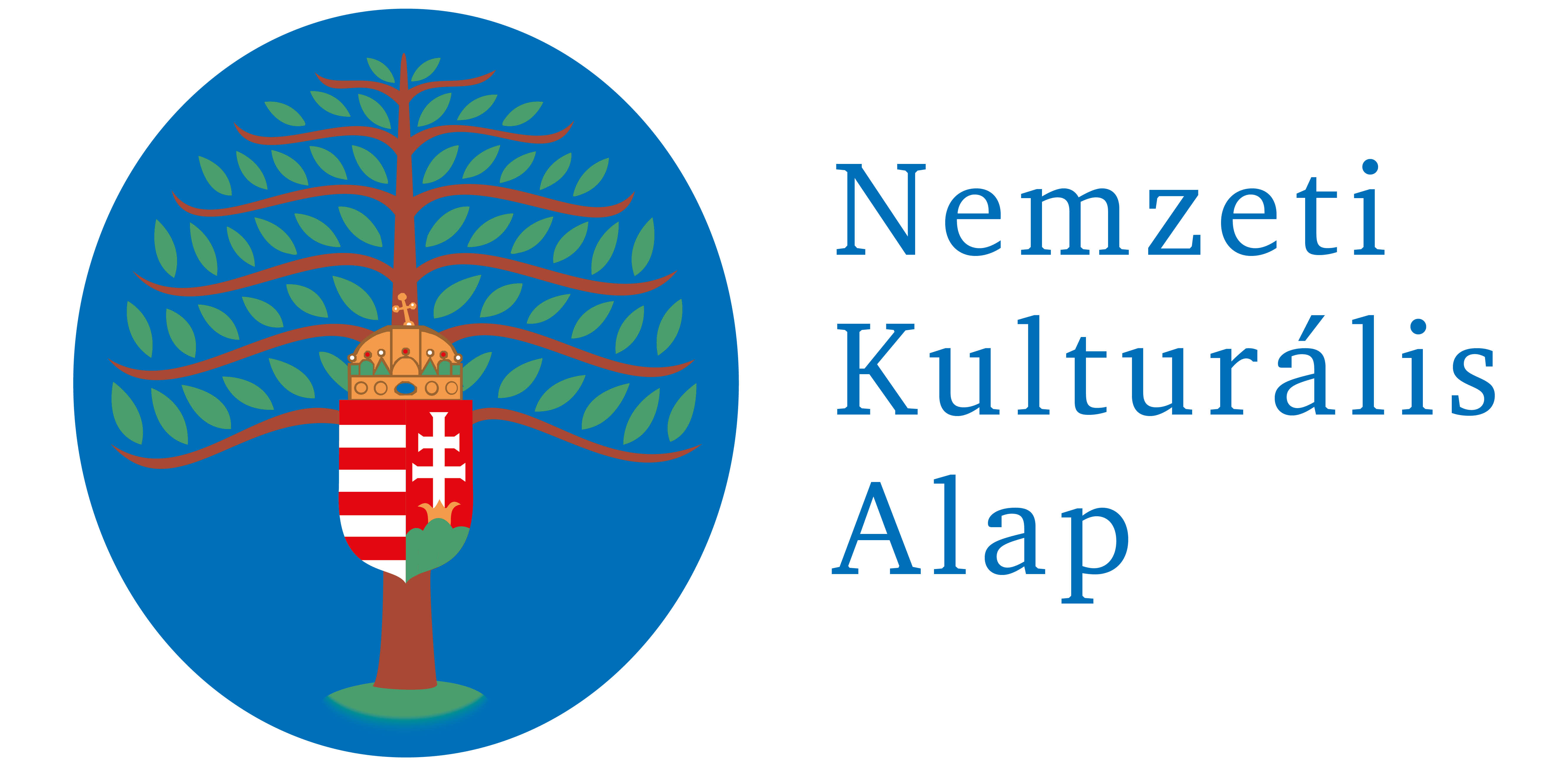Naptár
2024. április 15–19.
2024. április 20.
Eötvös József Kárpát-medencei középiskolai szónokverseny
2024. március–április
A Magyar Nyelvtudományi Társaság tavaszi felolvasóülései
Tovább...
1. 2010.
Abstracts in English
Studies
Speech production and spontaneous speech of dyslexics
In order to identify the linguistic level of dyslexics, we measure their level of reading and writing, memory, intelligence, speech recognition and speech comprehension. Findings have already shown that dyslexic students fall behind compared to their peers with typical speech development. The present study investigates whether the actual speech production of dyslexics differs from average. We hypothesize that the spontaneous speech of dyslexics does differ from the speech of their peers without language disorders. We recorded the spontaneous speech of twenty dyslexic students and twenty students with typical speech development, students in both groups at the age of fifteen on average. We have transcribed and analysed the data. Our results show that the complexity of the dyslexics’ speech falls behind compared to their peers: they show characteristic differences both in the number of content words and in disfluencies.
Receiving and processing information is getting more difficult, as there are more stimuli around us than there used to be. Reading and writing are indispensable for obtaining information. In Europe and also in Hungary the phenomenon usually labelled functional illiteracy has been widely investigated recently. In the last four of five years, this term has been spreading as the synonym of the everyday term functional analphabetism. A number of methods have been developed for its examination, and both national and international competence tests have investigated the phenomenon. Functional illiteracy particularly concerns underprivileged children and adults. In education, it concerns mainly students at vocational training. Therefore, it is important to filter out the illiterates as early as possible, and to organize tailor-made development programs.
Investigating the development of pragmatic competence of pupils
Neither in Hungary, nor in international research, has it been widely investigated from a pragmatic perspective how children acquire language. The Developmental and Neuropragmatic Research Group at the University of Szeged has developed a research method to examine the development of the children’s language use and sign use in spontaneous everyday situations. We examine the interpretation of idioms and irony, the reaction to errors, the comprehension of indirect speech acts and the production of speech acts, and we identify the features of each phase of life. The study shows that six- or seven-year old (even three-year old) children are able to infer the intended meaning from the context based on relevance theory, previous knowledge, and the intention of the interlocutors.
Workshop
A játszótársam, mondd, akarsz-e lenni?
Teaching reading and writing with drama pedagogy methods
The aim of this study is to show how to lead pupils smoothly from kindergarten into the world of sounds and letters at school, into the mystery of learning reading and writing. The theoretical overview discusses the importance of preparation, the balanced method of teaching reading and writing, games, and applying the methods of drama pedagogy. After that the study introduces games for the preparation period that help develop the subskills necessary for learning reading and writing successfully. Then the paper presents games that help letter recognition, sound contraction and beginning reading.
Possible ways of syntactic analysis in primary school
This study shows how to use generative grammar for educational purposes. Within the concept of integrating teacher training as a whole, it focuses on primary-school education. First the linguistic background is outlined, then the topic is placed in the present Hungarian educational context. The study emphasizes the competence-developing nature of grammar, and it investigates the techniques of sentence structure representation. It proposes a sentence representation method that maps word order, and represents syntactic functions with a tree structure at the same time. As the antecedents of this method, it introduces the immediate constituent analysis, as well as the spirit and the analytical techniques of Bánréti Zoltán’s NYKIT-program (Nyelv – Kommunikáció – Irodalom Tizenéveseknek; Grammar – Communication – Literature for Teenagers). The proposed method is illustrated by examples. The paper also discusses ways to examine the relationship between the sound structure and the meaning of the sentence without using a tree structure.














